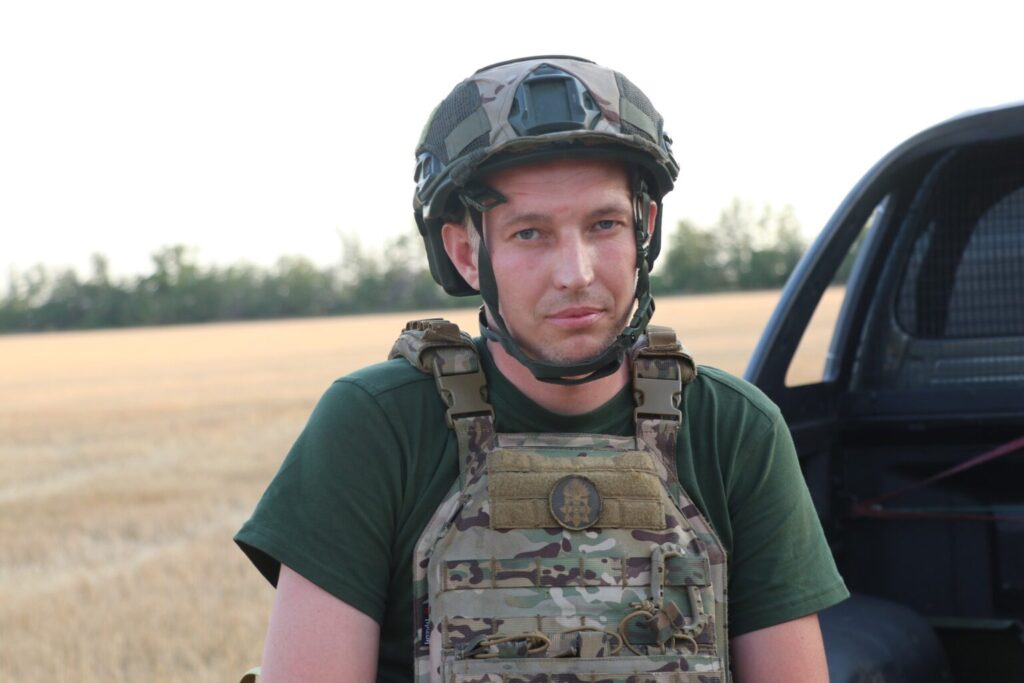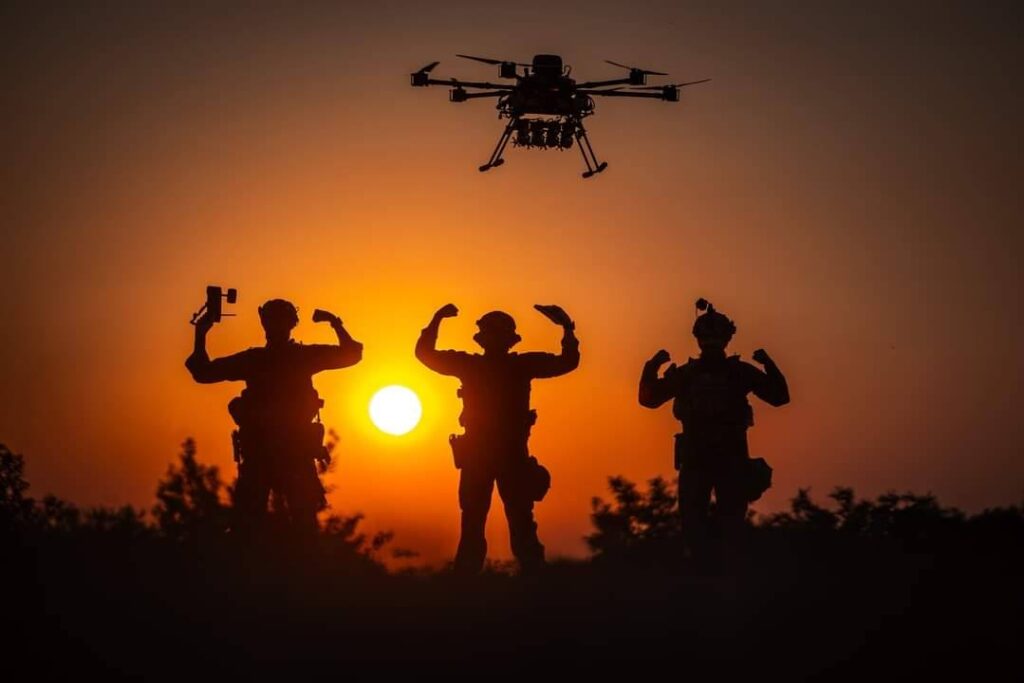“Five in one trench, while enemy storming from three sides”: Ukrainian machine gunner survives deadly battle near Pokrovsk

Roman, also known as Peugeot, a fighter from the machine gun company of Ukraine’s 21st National Guard Brigade, lived through a brutal ambush on the Pokrovsk front in Donetsk Oblast. His group had almost no ammunition while Russian forces stormed them from three directions.
Pokrovsk is an important railway and road hub in Donetsk Oblast, which opens access for the further advance of Russian troops into Ukraine. The city is regarded as a “gateway to Donbas.”
From Sevastopol to the front
Roman completed his mandatory military service in Sevastopol. When Russia launched its full-scale invasion, he didn’t hesitate to enlist.
“Started from our city, then we went to the Kherson and Donetsk fronts. Got around a bit,” he recalls.
He was stationed across from the Kakhovka Hydroelectric Power Plant when it was blown up.
“A wasteland appeared there… just islands left. A massive catastrophe,” he says.
The destruction exposed lake bed sediment containing more than 90,000 tons of dangerous heavy metals, a toxic cocktail that had been quietly accumulating on the reservoir floor since 1956.
Drone strike, buried comrades, and a fight for survival
On 26 March, Roman’s armored vehicle was hit by a Russian FPV drone on the Pokrovsk axis.
FPV drones have an advantage because they operate on analog or fiber-optic channels, which makes it difficult to intercept or jam them. They oftern fly at low altitudes of 20–50 meters, where they are hard to detect or shoot down.
“We had to abandon the vehicle and walk,” he continues.
Later, he was assigned to reach a buried position and dig out comrades trapped under debris.
Under shelling, five soldiers hid in a single trench.
“The enemy was trying to storm from three sides. That’s when drone operators saved our lives,” Roman says.
The UAVs struck back at the enemy, giving the fighters a chance to survive.
“Almost no ammo left”: when the sky saves the ground
In the woods, eight Russian soldiers encountered Roman’s five-man group. The Ukrainian defenders were left with “only two magazines for five of us.”
However, drone operators not only repelled the attack but also dropped extra ammunition. Despite heavy fire, the group crossed 13 kilometers of open terrain and made it out alive.
“I can say with confidence — I eliminated the enemy and sent several more to ‘the 300s’,” Roman adds.
Earlier, Russian President Vladimir Putin told US President Donald Trump that Moscow plans to escalate military operations in eastern Ukraine during its summer offensive.
As of now, Russia occupies about 20% of Ukraine’s territory, including most of Luhansk Oblast, two-thirds of Donetsk Oblast, and parts of Zaporizhzhia and Kherson Oblasts.
